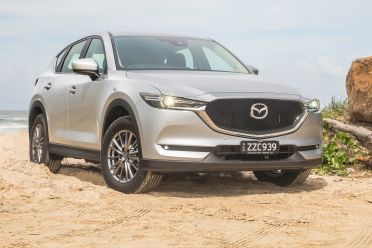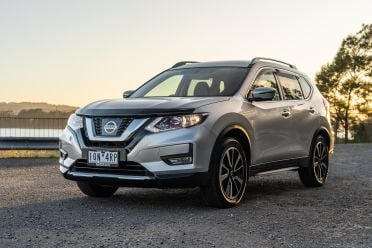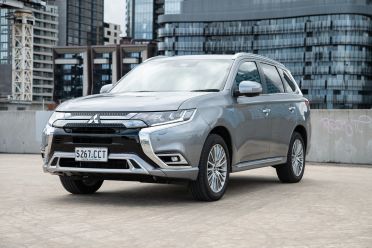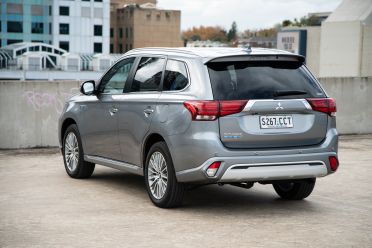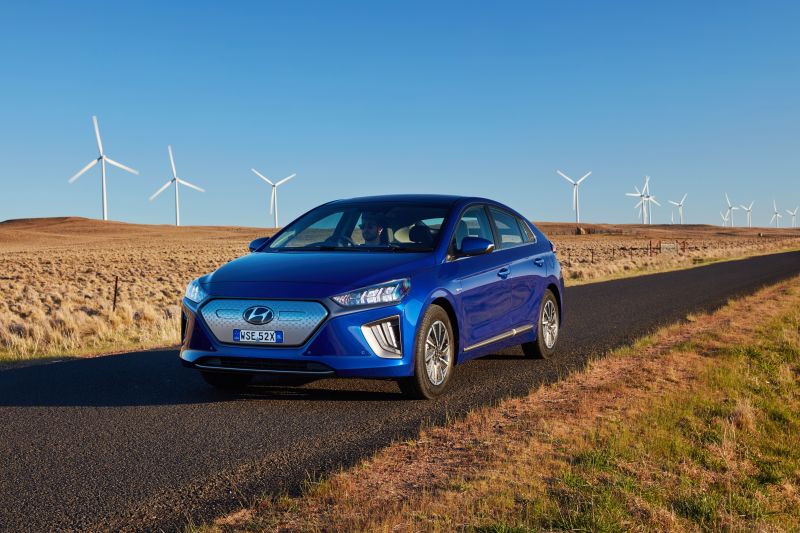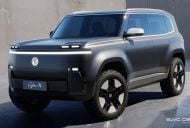Australians are buying more electric cars than ever – but our penchant for high-powered cars and SUVs has seen progress on emissions slow to a crawl.
Figures from the National Transport Commission (NTC) show vehicle emissions only improved by 0.2 per cent in 2019 compared to the previous year, the smallest improvement since reporting started in 18 years ago.
The NTC says Australian preferences for heavier, more powerful vehicles and the market push towards SUVs are partly to blame.
SUVs accounted for 45.5 per cent of the Australian new car market in 2019, compared to 29.7 per cent for passenger cars, and 21.2 per cent for light-commercial vehicles such as utes.
Even the passenger cars (hatchbacks, sedans, wagons) sold in Australia had average carbon dioxide emissions of 169.8g/km, compared to 114.6g/km in Japan, 120.4g/km in Europe, and 145.8g/km in the USA.
According to the NTC, if Australians were to choose the lowest-emitting option in each vehicle class, emissions would have dropped 63 per cent to just 67g/km.
In most cases, that option is a plug-in hybrid vehicle, which requires at-home charge infrastructure to operate at its most efficient.
Typically more affordable than plug-in hybrids, the number of series hybrid vehicles on offer in Australia continues to grow, led by market leader Toyota.
It also offers hybrid versions of the Corolla, Camry, and RAV4, all of which boast lower emissions than the equivalent petrol model, and carry a minor price impost. The upcoming Yaris and Yaris Cross will be offered with a hybrid, as will the seven-seat Kluger SUV.
Rivals such as Subaru and Nissan are also moving into the hybrid space more aggressively.
With a broader range of options available to buyers, electric vehicle sales grew almost 150 per cent to 5875 in Australia last year.
However just 14,500 of the almost 18 million cars on our roads were electric as of the end of 2019.
Scott Nargar, senior manager of future mobility and government relations at Hyundai Australia, says a bigger push from government and local council fleets is helping drive the transition to electric power.
“The biggest fleets in the country are owned by governments,” Mr Nargar told CarExpert.
“It’s not saying you’ve got to buy a vehicle that’s a little bit more expensive and change it over every three years like you do now. Our vehicles have an eight-year warranty on the battery.
“Keep if for another year or two. Justify the cost of the vehicle by keeping it a bit longer.
“The more vehicles that are used on government fleets, the more are going to be turned over and put into the hands of mum and dads so they can get into their first EV as a second-hand vehicle.”





